Create DIY Coasters for a Tidy Decor
Welcome to the world of DIY coasters! If you've ever found yourself frustrated by unsightly water rings on your coffee table or scratches on your favorite furniture, you're not alone. Creating your own coasters is not just a practical solution; it's also a fun and creative way to add a personal touch to your home decor. Imagine sipping your favorite beverage while resting it on a coaster that reflects your style and personality. In this article, we'll explore various methods to craft beautiful and functional DIY coasters that not only protect your surfaces but also enhance your living space.
So, why should you consider making your own coasters? For starters, the options are virtually limitless! Whether you prefer the rustic charm of wooden coasters, the modern appeal of ceramic, or the eco-friendliness of cork, there's a material that suits your taste. Plus, creating coasters can be a delightful project for individuals or even a fun activity with friends and family. Picture this: a cozy afternoon spent crafting, laughing, and sharing ideas while creating something that will be both useful and aesthetically pleasing.
Throughout this article, you'll discover creative ideas and step-by-step guides that will inspire you to get started on your coaster-making journey. We will delve into the essential materials and tools you'll need, explore decorative techniques that can elevate your designs, and provide a comprehensive guide to making coasters that will impress your guests. So, grab your crafting supplies and let’s dive into the art of coaster creation!
Selecting the best materials is crucial for your DIY coasters. The right choice can impact both the functionality and the aesthetics of your creations. Here are some popular options:
- Cork: Lightweight and absorbent, cork coasters are a fantastic choice for everyday use. They're easy to cut and can be decorated in various ways.
- Wood: Wooden coasters offer a rustic charm that can complement any decor. They can be stained or painted to match your style.
- Ceramic: For a more sophisticated look, ceramic coasters can be painted or printed on, making them highly customizable.
- Fabric: If you're feeling adventurous, fabric coasters can be quilted or sewn, providing a soft touch to your decor.
When choosing materials, consider factors like durability, ease of use, and how well they fit with your home's existing decor. Remember, the goal is to create coasters that not only serve their purpose but also enhance the overall look of your space.
Gathering the right tools can make your coaster-making experience seamless. From cutting tools to adhesives, having the right equipment on hand will help you create stunning coasters with ease. Here are some essential tools you’ll need:
Understanding the different cutting tools available is important for shaping your coasters. Depending on your chosen material, you might need:
- Scissors: Perfect for cutting cork or fabric.
- Utility Knives: Ideal for precise cuts in materials like cork and thin wood.
- Saws: Necessary for thicker wood pieces; a jigsaw or circular saw can work wonders.
Accurate measurements are vital in DIY projects. Using the right measuring tools ensures your coasters are perfectly sized and symmetrical. Consider using:
- Rulers: Great for straight edges.
- Tape Measures: Perfect for larger pieces.
- Templates: Helpful for creating uniform shapes.
Choosing the right adhesives and finishes can enhance the durability and appearance of your coasters. Look for glue types that suit your materials, such as wood glue for wooden coasters or fabric glue for fabric ones. Additionally, sealants can protect your coasters from moisture and wear, ensuring they look great for years to come.
Adding decorative techniques can elevate the look of your coasters. Explore methods like painting, decoupage, and stenciling to personalize your coasters and match your home decor style. Imagine sipping your coffee on a beautifully decorated coaster that tells a story or evokes a memory!
Follow this comprehensive step-by-step guide to create your own coasters. From preparation to finishing touches, this section provides clear instructions to help you craft beautiful coasters effortlessly. Let's get started!
Creating cork coasters is a straightforward project that requires minimal materials. Simply cut the cork into your desired shape, decorate it with paint or markers, and seal it with a protective finish. You'll have functional and stylish coasters in no time!
Wooden coasters offer a rustic charm. Choose your wood type, apply stains to achieve your desired color, and finish with a sealant to protect your work. These coasters can add a warm touch to any room and are perfect for entertaining guests.
Q: What materials are best for beginners?
A: Cork and fabric are great options for beginners due to their ease of use and low cost.
Q: How do I clean my DIY coasters?
A: Most coasters can be wiped clean with a damp cloth. For fabric coasters, check the care instructions for washing.
Q: Can I use my coasters outdoors?
A: If you choose materials like ceramic or treated wood, they can be used outdoors, but always check for weather resistance.

Choosing the Right Materials
When it comes to creating your own DIY coasters, is absolutely crucial. Not only do the materials affect the overall look and feel of your coasters, but they also play a significant role in their durability and functionality. Imagine sipping your favorite drink on a beautiful coaster that not only protects your surfaces but also adds a splash of personality to your home decor. So, let’s dive into some of the top materials you can consider for your coaster-making adventure!
First up, we have cork. Cork is a fantastic option for coasters because it’s naturally moisture-resistant and provides a soft, cushioned surface for your drinks. Plus, it’s incredibly easy to cut and shape, making it perfect for DIY projects. If you’re looking for something eco-friendly, cork is a sustainable choice that won’t break the bank. Just picture a set of cork coasters adorned with your favorite quotes or designs; they could be a great conversation starter!
Next on the list is wood. Wooden coasters bring a rustic charm that can elevate any decor style. The beauty of wood lies in its versatility; you can choose from various types, such as oak, maple, or bamboo, each offering its unique grain and color. Applying stains or finishes can further enhance their aesthetic appeal. However, keep in mind that untreated wood may absorb moisture, so it’s wise to seal them properly. Imagine a cozy cabin vibe every time you set down your mug!
Then, there’s ceramic. Ceramic coasters are not only durable but also allow for endless design possibilities. You can paint them, apply decals, or even use decoupage techniques to create stunning visuals. They’re excellent for those who want to make a bold statement with their home decor. Just envision a colorful set of ceramic coasters that brighten up your coffee table. However, be cautious, as they can be a bit heavy and might chip if dropped.
Lastly, let’s not forget about fabric. Fabric coasters can add a soft touch to your decor, and they’re particularly great for casual settings. You can choose vibrant patterns or neutral tones, depending on your style. To make them more functional, consider adding a waterproof backing, which will protect surfaces from moisture. Imagine a set of floral fabric coasters that complement your summer gatherings perfectly!
In summary, the choice of materials for your DIY coasters can dramatically influence their look and functionality. Whether you lean towards the natural warmth of wood, the chic elegance of ceramic, the eco-friendliness of cork, or the soft charm of fabric, each material has its unique benefits. So, think about your style, the decor of your space, and what kind of protection you need for your surfaces. Happy crafting!
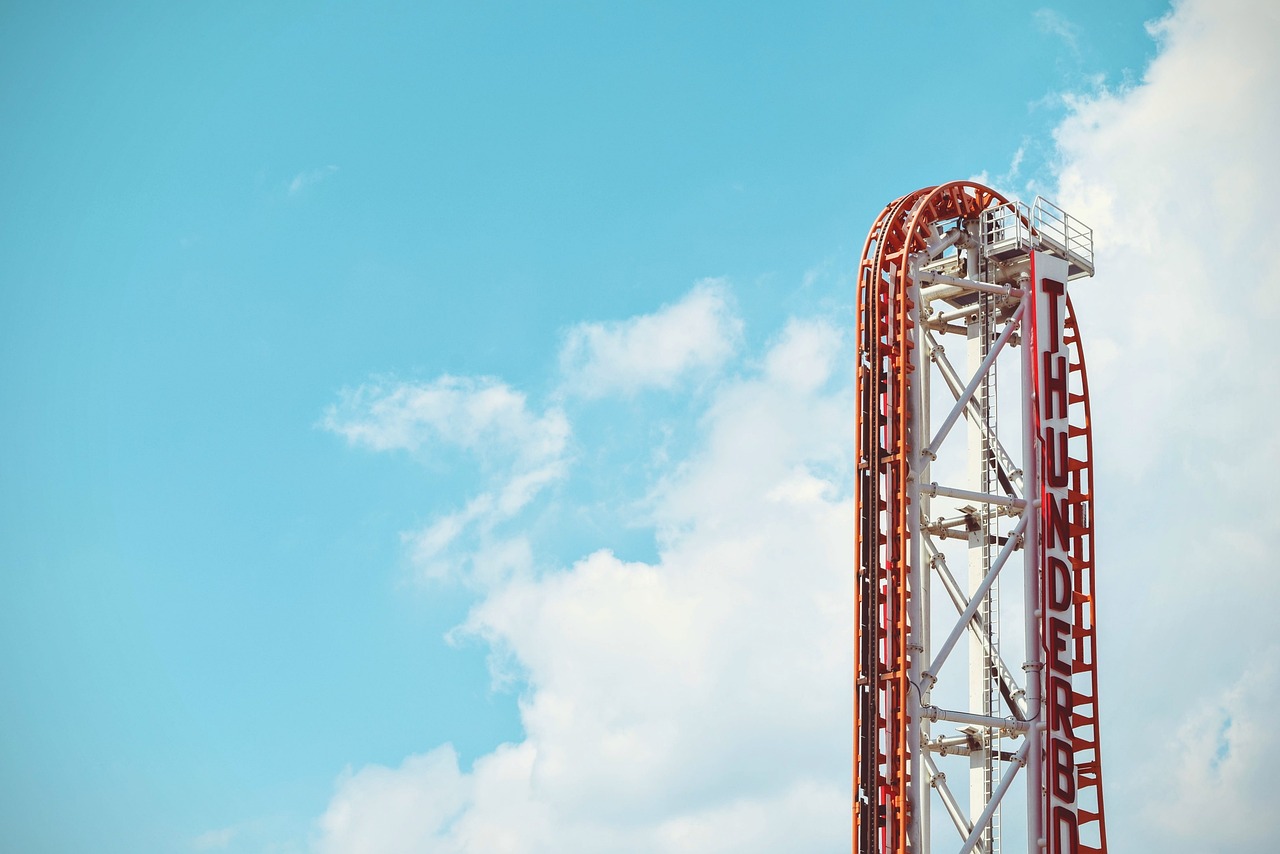
Essential Tools for DIY Coasters
When it comes to crafting your own DIY coasters, having the right tools can make all the difference between a frustrating experience and a fun, creative journey. Imagine trying to bake a cake without the proper utensils—it's a recipe for disaster! Similarly, gathering essential tools before diving into your coaster-making adventure will set you up for success and ensure your coasters turn out beautifully. So, what do you need?
First and foremost, cutting tools are essential. Depending on the materials you choose, you might need different types of cutting implements. For softer materials like cork, a simple pair of scissors will do the trick. However, if you're working with wood or ceramic, a utility knife or saw might be necessary. Each tool offers unique advantages, so consider the material and design you have in mind. For instance, a utility knife provides precision for intricate cuts, while a saw can handle thicker pieces of wood with ease.
Next, we can't overlook the importance of measuring tools. Accurate measurements are vital in DIY projects, especially if you want your coasters to be symmetrical and uniform. A trusty tape measure or a standard ruler will help you gauge dimensions correctly. If you're more into visual aids, templates can also be a great way to ensure consistency across all your creations. Imagine trying to fit a square peg in a round hole—without proper measurements, that's exactly what you'll be doing!
Finally, let’s talk about adhesives and finishes. These tools are crucial for enhancing the durability and aesthetic appeal of your coasters. The right glue will keep your materials securely bonded, while sealants and finishes can protect your coasters from moisture and wear. For instance, if you're using wood, consider wood glue for a strong bond and a clear sealant to give it a polished look. On the other hand, if you're working with fabric or paper, a decoupage medium could be your best friend, allowing you to create stunning designs while ensuring they last.
In summary, the essential tools for creating DIY coasters include:
- Cutting Tools: Scissors, utility knives, saws
- Measuring Tools: Rulers, tape measures, templates
- Adhesives and Finishes: Glue types, sealants, decoupage mediums
By equipping yourself with these tools, you're not just preparing for a project; you're setting the stage for a fun and rewarding crafting experience. So gather your supplies, unleash your creativity, and get ready to make coasters that will not only protect your surfaces but also add a personal touch to your home decor!
Q: What materials are best for DIY coasters?
A: Popular materials include cork, wood, ceramic, and fabric. Each has its own benefits in terms of durability and aesthetics, so choose based on your style and needs.
Q: Can I use any glue for my coasters?
A: While you can use various types of glue, it's best to choose one specific to the materials you're using. For example, wood glue works well for wooden coasters, while decoupage medium is perfect for fabric or paper.
Q: How can I make my coasters waterproof?
A: Applying a clear sealant over your coasters can help protect them from moisture. Make sure to follow the manufacturer's instructions for the best results.

Cutting Tools
When embarking on your DIY coaster journey, the you choose can significantly impact the quality and ease of your project. Imagine trying to create a masterpiece with a dull knife or an unsuitable tool; it can be frustrating, right? To avoid that, let's explore the most effective cutting tools available and how they can help you achieve that perfect finish for your coasters.
First on the list is the trusty utility knife. This versatile tool is perfect for cutting through materials like cork and thin wood. Its retractable blade allows for precision and safety, making it ideal for intricate designs. Just remember to replace the blade regularly to ensure clean cuts. If you're working with thicker materials, a saw might be your best friend. Whether it's a hand saw or a power saw, these tools can handle wood and ceramic with ease. Just be sure to follow safety precautions and wear protective gear!
If you're looking for something more straightforward, scissors can be a surprisingly effective tool for softer materials. They’re perfect for fabric coasters or even cork if you’re not aiming for intricate shapes. However, keep in mind that not all scissors are created equal; a good pair of craft scissors can make all the difference.
For those who prefer a more precise approach, consider using a rotary cutter. This tool can slice through multiple layers of fabric or paper, making it a fantastic option for layered designs. Pair it with a cutting mat to protect your surfaces and extend the life of your blade.
To help you further, here’s a quick comparison of the cutting tools we discussed:
| Tool | Best For | Pros | Cons |
|---|---|---|---|
| Utility Knife | Cork, thin wood | Precision, safety | Blades dull quickly |
| Hand Saw | Thicker wood, ceramic | Versatile, powerful | Requires more skill |
| Scissors | Fabric, cork | Easy to use | Limited to softer materials |
| Rotary Cutter | Fabric, paper | Fast, clean cuts | Requires cutting mat |
In conclusion, the right cutting tool can transform your DIY coaster-making experience from a chore into a delight. By choosing tools that match your materials and design plans, you can ensure that your coasters not only look great but are also a joy to create. So, gather your tools, and let your creativity flow!
Q: What is the best tool for cutting cork?
A: A utility knife is often the best choice for cutting cork due to its precision and ease of use.
Q: Can I use scissors for cutting wood?
A: Scissors are not recommended for cutting wood, especially thicker pieces. A hand saw or utility knife is a better option.
Q: How do I ensure safety while using cutting tools?
A: Always wear protective gear like gloves and goggles, and follow the manufacturer's instructions for each tool.
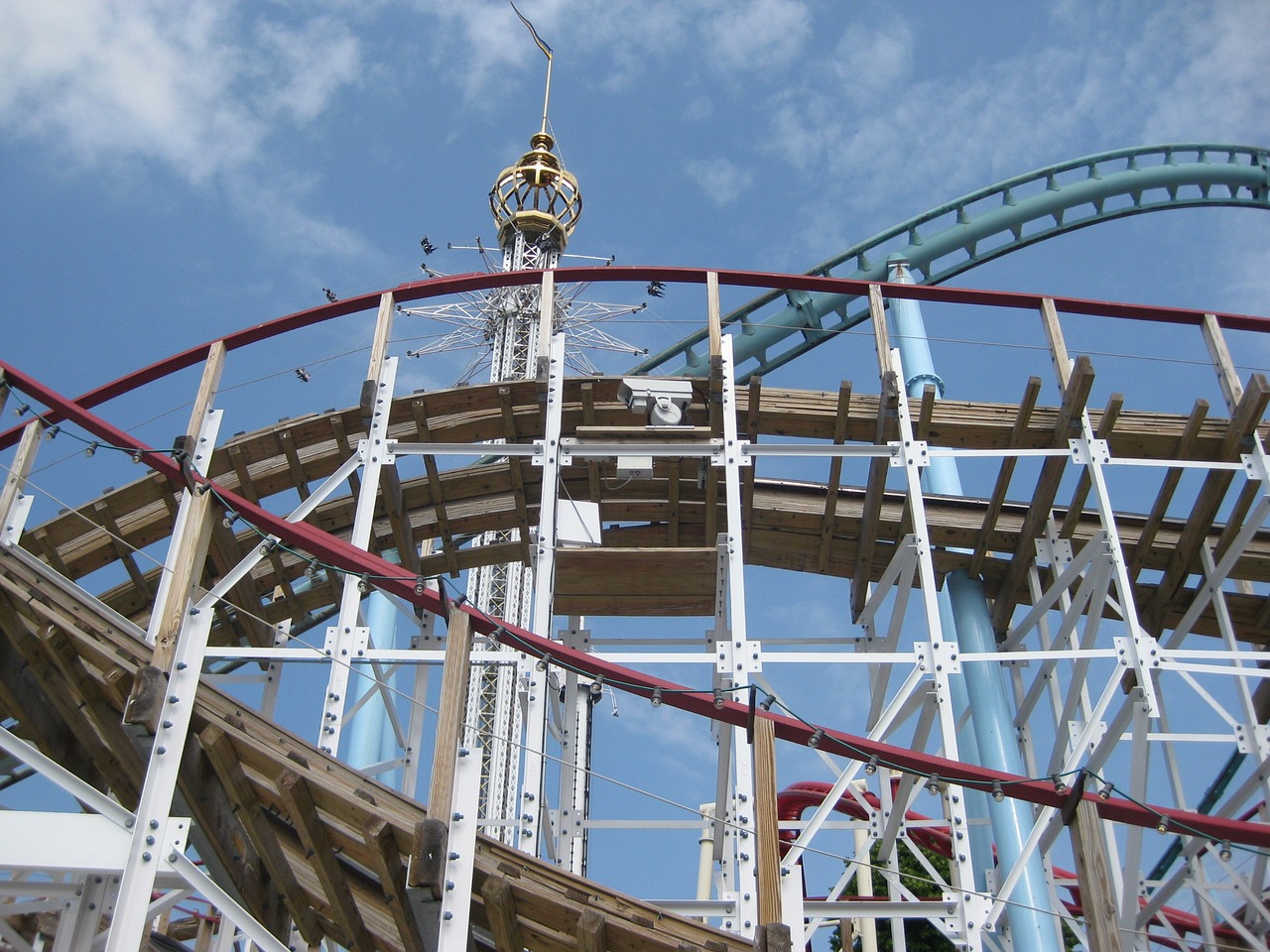
Measuring Tools
When it comes to crafting your own DIY coasters, accurate measurements are not just a suggestion—they're essential! Imagine trying to fit a square peg in a round hole; that’s how frustrating it can be to work with improperly sized materials. To ensure your coasters are perfectly sized and symmetrical, you'll want to gather a few key measuring tools that can help you achieve that professional look.
First up is the classic ruler. This trusty tool is perfect for measuring straight edges and ensuring your cuts are precise. If you're working with larger pieces of material, a tape measure can be a lifesaver. It allows you to measure longer lengths with ease, making it ideal for larger coasters or when you're working with multiple pieces at once.
For those who love to get creative, using templates can add an extra layer of fun to your coaster-making process. You can create your own templates from cardboard or thick paper to trace shapes onto your material. This not only speeds up the measuring process but also ensures that each coaster you make is consistent in size. Just imagine the satisfaction of pulling out a perfectly shaped coaster that fits snugly on your coffee table!
In addition to these tools, consider investing in a caliper if you want to get really precise. Calipers can measure the thickness of materials, which is especially helpful when you’re layering different materials or applying finishes. With these tools at your disposal, you’ll be well-equipped to tackle any coaster project that comes your way!
In summary, having the right measuring tools is a game-changer in your DIY coaster journey. Whether you're using a ruler for straightforward measurements, a tape measure for larger projects, or templates for consistent shapes, these tools will help you achieve stunning results. So, gather your measuring gear and get ready to create some fabulous coasters!
- What materials are best for DIY coasters? Materials like cork, wood, ceramic, and fabric are popular choices due to their durability and aesthetic appeal.
- Can I use regular glue for my coasters? While regular glue may work for some projects, it’s best to use adhesives specifically designed for the materials you are working with for optimal durability.
- How can I make my coasters waterproof? Applying a sealant or waterproof finish can help protect your coasters from moisture and spills.
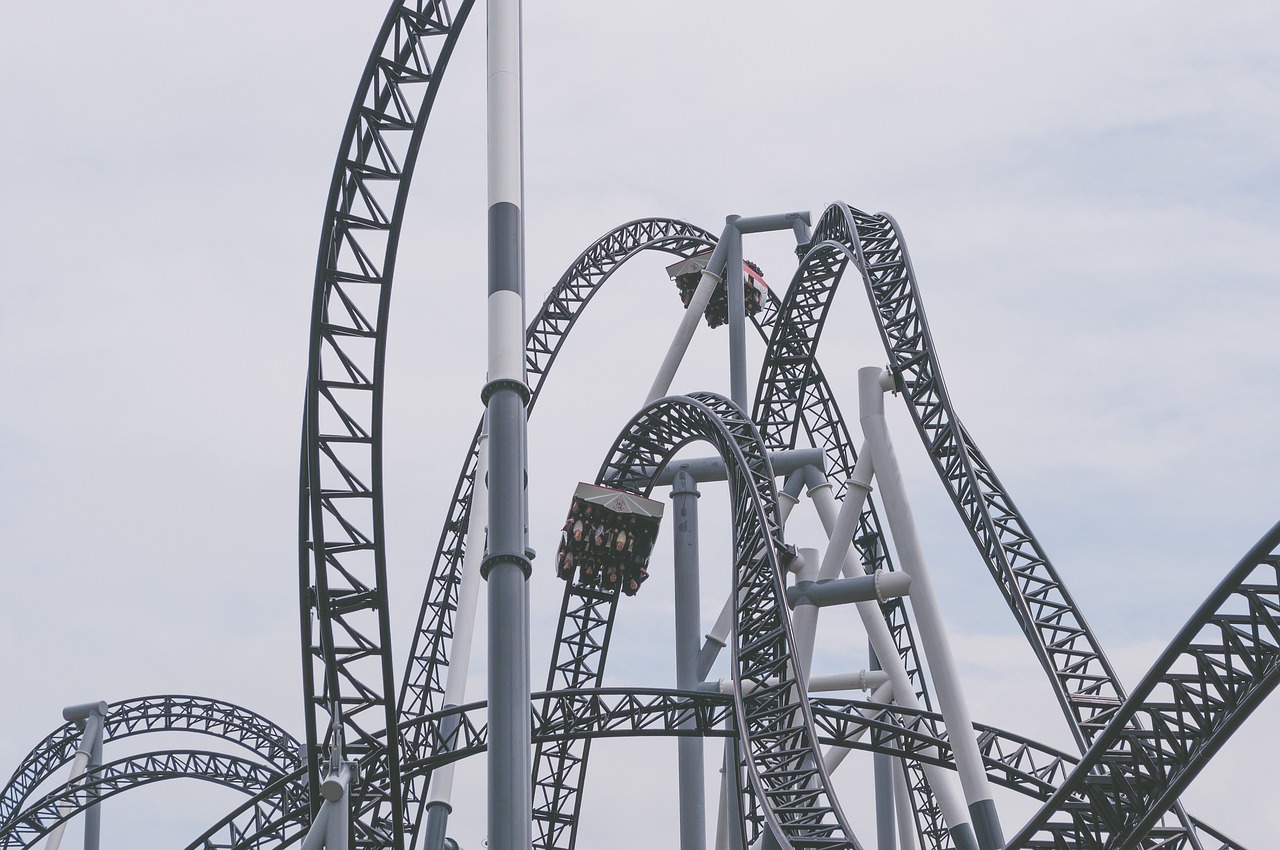
Adhesives and Finishes
When it comes to crafting your own DIY coasters, selecting the right adhesives and finishes is just as important as choosing the materials. After all, no one wants their beautiful coaster to peel apart or show signs of wear and tear after just a few uses. The right products not only enhance the durability of your coasters but also elevate their aesthetic appeal, making them a true representation of your creativity.
First, let's talk about adhesives. Depending on the materials you choose, different types of glue will work better. For example, if you're working with cork, a simple craft glue or hot glue gun can do the trick. However, if you're venturing into wood or ceramic, you might want to consider using a stronger adhesive like epoxy or super glue. These options provide a robust bond that can withstand the test of time and the occasional spill.
Here’s a quick breakdown of some popular adhesive options:
| Material | Recommended Adhesive |
|---|---|
| Cork | Craft Glue, Hot Glue |
| Wood | Wood Glue, Epoxy |
| Ceramic | Super Glue, Epoxy |
| Fabric | Fabric Glue, Hot Glue |
Once your coasters are glued together and have dried properly, it’s time to think about finishes. Finishing products not only protect your coasters from moisture but also give them a polished look. For wooden coasters, applying a coat of stain can enhance the natural grain and color of the wood. After staining, seal your coasters with a clear coat of polyurethane or a similar product to ensure they remain protected against spills and scratches.
For cork or fabric coasters, a simple spray sealant can work wonders. These finishes create a barrier that repels moisture, allowing your coasters to withstand daily use without compromising their integrity. Plus, they’re easy to apply—just spray evenly and let dry!
In summary, the right adhesives and finishes will not only keep your DIY coasters intact but also enhance their visual appeal. So, don’t rush through this crucial step! Take your time to choose products that will make your coasters not just functional, but also a beautiful addition to your home decor.
- What type of adhesive should I use for ceramic coasters? - Super glue or epoxy is recommended for ceramic as they provide a strong bond.
- Can I use paint on my coasters? - Yes, but ensure to seal them afterward to prevent the paint from chipping or fading.
- How do I clean my DIY coasters? - Wipe them with a damp cloth and mild soap. Avoid soaking them in water.
- Will my coasters withstand heat? - It depends on the materials used. Always check the heat resistance of your chosen materials and finishes.

Decorative Techniques
When it comes to creating DIY coasters, the you choose can truly transform a simple project into a stunning piece of art. Think of your coasters as a blank canvas waiting for your personal touch! Whether you want to match your coasters with your existing home decor or express your unique style, there are numerous methods to elevate their appearance. Let's dive into some popular techniques that can help you make your coasters not just functional, but also fabulous.
One of the most popular methods is painting. This technique offers endless possibilities! You can use acrylic paints to create vibrant designs, patterns, or even abstract art. Imagine sipping your coffee while admiring a colorful splash of creativity beneath your cup. To get started, simply prep your coaster surface, choose your colors, and let your imagination run wild. For a more polished finish, consider applying a clear sealant once the paint dries to protect your artwork.
Decoupage is another fantastic technique that allows you to personalize your coasters with images or patterns. With just some glue, scissors, and a little creativity, you can transform ordinary coasters into unique treasures. You might opt for magazine cutouts, fabric swatches, or even photographs. The process is simple: cut out your desired images, apply a layer of glue to the coaster, place the images, and finish with another layer of glue on top. This not only adds a decorative flair but also gives your coasters a smooth, glossy finish.
If you’re looking for something a bit more intricate, consider stenciling. This technique allows you to create detailed designs with precision. You can find stencils in various shapes and sizes, or you can even make your own! Place the stencil on your coaster, secure it, and then use a sponge or brush to apply paint over it. Once you lift the stencil, you’ll reveal a beautifully designed coaster that’s sure to impress your guests.
For those who enjoy a natural aesthetic, wood burning can add a rustic charm to your wooden coasters. This technique involves using a wood burning tool to etch designs into the wood. The result? Stunning coasters that showcase your craftsmanship. You can create anything from simple initials to elaborate patterns. Just remember to practice on a scrap piece of wood first to perfect your technique!
Lastly, don’t underestimate the power of texturing. Adding texture can give your coasters a unique feel and visual interest. You can achieve this through various methods, such as using textured paint, adding fabric, or even incorporating natural elements like sand or pebbles into your design. The tactile experience can make your coasters not only beautiful but also engaging to touch.
In summary, the decorative techniques you choose for your DIY coasters can greatly enhance their visual appeal and personal significance. Whether you’re painting, decoupaging, stenciling, wood burning, or texturing, each method offers a chance to express your creativity and style. So, gather your materials, unleash your imagination, and let your coasters reflect who you are!
- What materials are best for DIY coasters? - Cork, wood, ceramic, and fabric are all great options, depending on your style and functionality needs.
- How do I seal my coasters after decorating them? - Use a clear sealant spray or liquid to protect your designs and enhance durability.
- Can I use any type of paint on my coasters? - Acrylic paints work best for most surfaces, but always check compatibility with the material you are using.
- How long will my DIY coasters last? - With proper care and sealing, your coasters can last for years, maintaining their beauty and functionality.
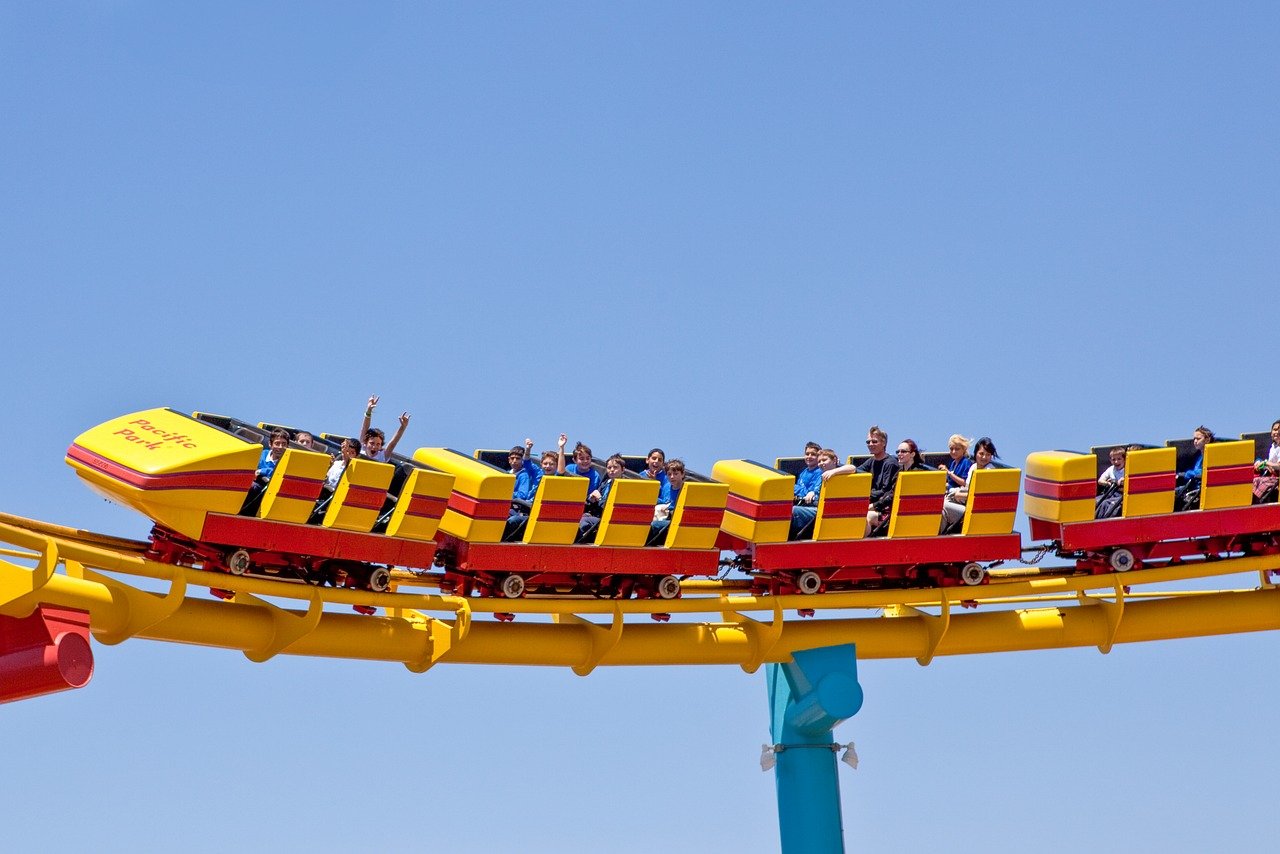
Step-by-Step Guide to Making Coasters
This article explores various methods to create beautiful and functional DIY coasters that enhance your home decor while protecting surfaces from moisture and scratches. Discover creative ideas and step-by-step guides to get started!
Selecting the best materials is crucial for your DIY coasters. Explore various options like cork, wood, ceramic, and fabric, considering durability, aesthetics, and ease of use for your projects.
Gathering the right tools can make your coaster-making experience seamless. From cutting tools to adhesives, learn about the essential equipment that will help you create stunning coasters with ease.
Understanding the different cutting tools available is important for shaping your coasters. Explore options like scissors, utility knives, and saws to find what suits your material and design best.
Accurate measurements are vital in DIY projects. Discover various measuring tools such as rulers, tape measures, and templates to ensure your coasters are perfectly sized and symmetrical.
Choosing the right adhesives and finishes can enhance the durability and appearance of your coasters. Learn about glue types and sealants that will keep your creations looking great for years.
Adding decorative techniques can elevate the look of your coasters. Explore methods like painting, decoupage, and stenciling to personalize your coasters and match your home decor style.
Ready to dive into the exciting world of DIY coasters? Follow this comprehensive step-by-step guide to create your own stunning coasters. The process is simple yet rewarding, and you'll be amazed at how your personal touch can transform ordinary materials into beautiful decor pieces.
First, gather your materials and tools. You'll need:
- Your chosen material (cork, wood, ceramic, etc.)
- Cutting tools (scissors or a utility knife)
- Measuring tools (ruler or tape measure)
- Adhesives (glue or mod podge)
- Decorative items (paint, fabric, or stickers)
Once you have everything ready, let’s get started:
Step 1: Measure and Cut
Begin by measuring your material. If you're using cork, you might want to cut it into squares or circles, depending on your desired coaster shape. Use a ruler to ensure your dimensions are precise, and then carefully cut the material with your scissors or utility knife. Remember, safety first! Always cut away from your body.
Step 2: Sanding (if necessary)
If you're working with wood, a little sanding goes a long way. Lightly sand the edges and surfaces of your coasters to remove any rough spots and give them a smooth finish. This step is crucial for achieving that professional touch!
Step 3: Decorating
Now comes the fun part! Personalize your coasters with your favorite decorative techniques. You can paint them in vibrant colors, apply decoupage with beautiful paper designs, or even stencil patterns for a chic look. Let your creativity flow—there are no limits!
Step 4: Sealing
After decorating, it’s important to seal your coasters to protect them from moisture and wear. Apply a coat of sealant or mod podge over the surface. This will not only enhance durability but also give a polished finish. Allow it to dry completely before using your coasters.
Step 5: Enjoy!
Your DIY coasters are now ready to impress! Place them around your home, or gift them to friends and family. Each time you use them, you'll be reminded of your creative accomplishment.
Q: What materials are best for making coasters?
A: The best materials depend on your style and needs. Cork and wood are popular for their durability, while ceramic offers a sleek look. Consider what fits your decor best!
Q: How do I clean my DIY coasters?
A: Most coasters can be wiped clean with a damp cloth. Avoid soaking them in water, especially if they are made from wood or have decorative elements that could be damaged.
Q: Can I use my coasters outdoors?
A: It depends on the material and finish. If you want to use them outdoors, ensure they are sealed properly and made from weather-resistant materials.
Q: How long do the coasters last?
A: With proper care, your DIY coasters can last for many years. Regularly check for wear and reapply finishes as needed to maintain their appearance.

Simple Cork Coasters
Creating cork coasters is not only a fun and easy DIY project, but it also allows you to add a personal touch to your home decor. With just a few materials and simple tools, you can craft coasters that are both functional and stylish. Cork is an excellent choice for coasters because it is naturally moisture-resistant, lightweight, and provides a soft surface that won't scratch your tabletops. Ready to dive in? Let’s get started!
First, gather your materials. You'll need:
- Cork sheets or pre-cut cork coasters
- Scissors or a utility knife
- Adhesive (if you're adding decorations)
- Decorative elements (like paint, fabric, or paper)
- Sealant (optional, for added durability)
Once you have everything ready, the first step is to decide on the size and shape of your coasters. If you're using cork sheets, you can easily cut them into squares, circles, or even fun shapes like hearts or stars. Just make sure to measure carefully to ensure all your coasters are uniform. A ruler or a tape measure can be very handy here!
After cutting your cork to the desired shape, it's time to get creative! You can paint your coasters using acrylic paints, apply a decoupage technique with decorative paper, or even use stencils to create unique designs. The possibilities are endless! If you’re feeling adventurous, consider combining different techniques for a truly one-of-a-kind look.
For those who want to ensure their coasters last longer, applying a sealant is a great idea. This will protect your coasters from moisture and stains, making them even more functional. Simply follow the instructions on your chosen sealant, and give your coasters a protective finish that will keep them looking fresh for years to come.
Finally, let your coasters dry completely before using them. Once they're ready, you can proudly display your handmade cork coasters on your coffee table, or gift them to friends and family. Not only do they serve a practical purpose, but they also showcase your creativity and style!
Q: Can I use cork coasters for hot beverages?
A: Yes, cork coasters can handle warm drinks, but they are not heatproof. It's best to avoid placing extremely hot items directly on them.
Q: How do I clean my cork coasters?
A: To clean cork coasters, wipe them down with a damp cloth. Avoid soaking them in water, as this can damage the cork.
Q: Can I customize cork coasters for special occasions?
A: Absolutely! Cork coasters are perfect for personalization. You can paint them, add photos, or even engrave them for weddings, parties, or holidays.
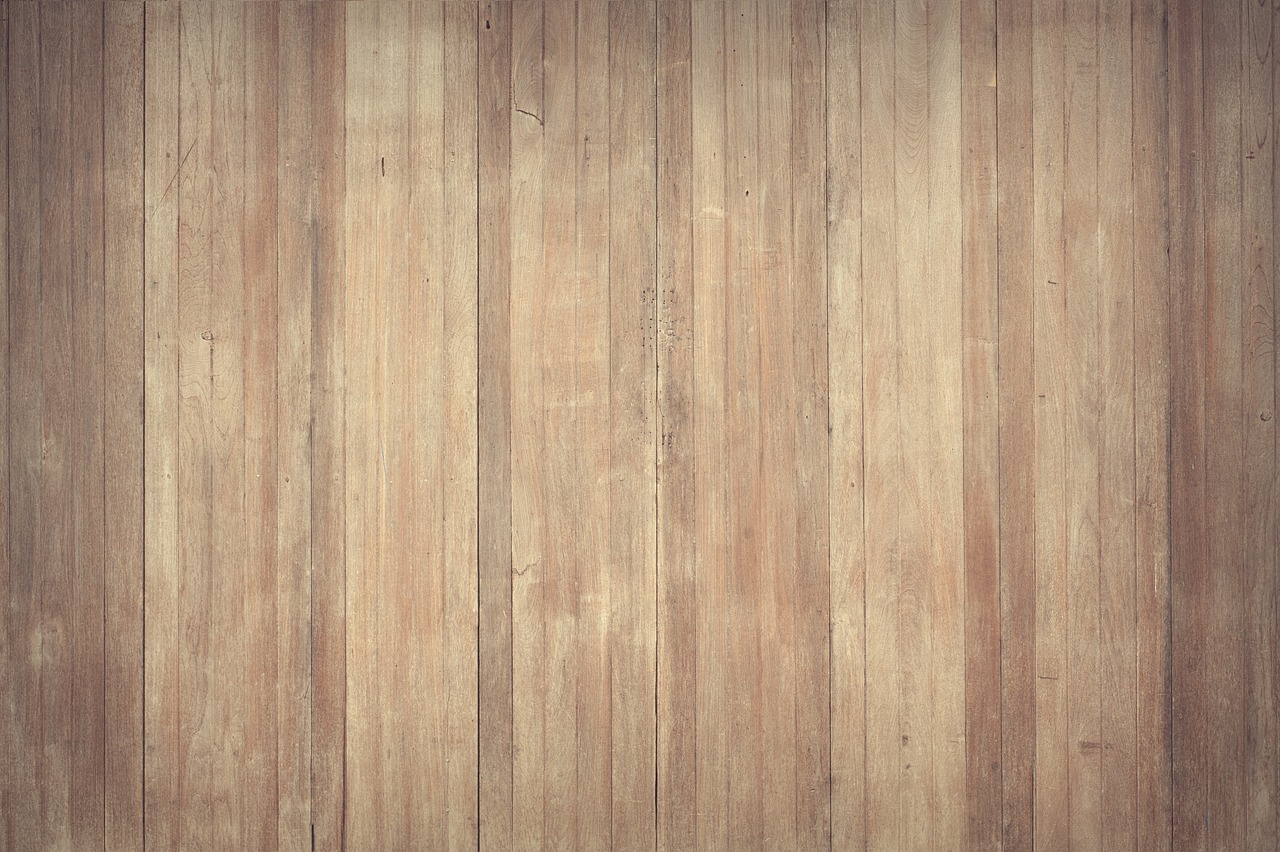
Wooden Coasters with Stains
Creating wooden coasters is not just a fun DIY project; it's a way to bring a touch of rustic charm into your home decor. With the right materials and techniques, you can transform simple pieces of wood into stunning coasters that not only protect your surfaces but also serve as beautiful conversation starters. Imagine sipping your favorite drink while resting it on a coaster that reflects your personal style! So, how do you get started?
First, you need to select the right type of wood. Common choices include maple, oak, and birch, each offering unique grain patterns and colors. Maple is known for its light color and smooth finish, while oak provides a more pronounced grain, adding character to your coasters. Birch, on the other hand, is versatile and can be stained to achieve various looks. When choosing your wood, consider how the final product will fit into your existing decor.
Once you've picked your wood, the next step is to cut it into the desired shapes and sizes. A standard coaster is typically around 4 inches by 4 inches, but feel free to get creative! You can use a circular saw for round coasters or a jigsaw for more intricate shapes. Just remember to wear safety gear while cutting to protect yourself from any accidents. After cutting, sand the edges to ensure they’re smooth and safe to handle.
Now comes the fun part—staining! Applying a stain not only enhances the natural beauty of the wood but also adds a layer of protection. You can choose from a variety of stains, such as oil-based, water-based, or gel stains. Each type has its own application method and drying time. For instance, oil-based stains penetrate deeper into the wood, providing a rich color, while water-based stains dry quickly and are easier to clean up. Before you start staining, it's a good idea to test the stain on a scrap piece of wood to see how it looks once dried.
To apply the stain, use a clean cloth or a brush, working in the direction of the wood grain. Make sure to apply an even coat and wipe off any excess to avoid blotches. After the first coat dries, you can apply additional coats to achieve your desired color intensity. Once you're satisfied with the stain, let the coasters dry completely before moving on to the finishing touches.
Finally, to protect your coasters and give them a polished look, apply a clear sealant. Options include polyurethane, varnish, or a food-safe finish if you plan to use them for food and drinks. This not only seals in the stain but also provides a waterproof barrier, ensuring your coasters last for years to come. Apply the sealant in thin coats, allowing each layer to dry fully before adding the next. Once finished, your coasters will be ready to impress your guests!
With a little time and creativity, you can craft beautiful wooden coasters that reflect your personal style while serving a practical purpose. So gather your materials, unleash your inner artisan, and enjoy the satisfaction of creating something truly unique for your home!
Q: Can I use any type of wood for my coasters?
A: While you can technically use any type of wood, it's best to choose hardwoods like oak, maple, or birch for durability and aesthetic appeal.
Q: How do I clean my wooden coasters?
A: To clean wooden coasters, simply wipe them down with a damp cloth. Avoid soaking them in water, as this can damage the wood.
Q: How long does the stain take to dry?
A: Drying times can vary based on the type of stain used. Generally, oil-based stains take about 6-8 hours to dry, while water-based stains can dry in 1-2 hours.
Q: Can I use my coasters for hot drinks?
A: Yes, as long as you apply a heat-resistant sealant, your wooden coasters should be able to withstand hot drinks without damage.
Frequently Asked Questions
- What materials are best for DIY coasters?
When it comes to DIY coasters, the best materials often depend on your style and needs. Common choices include cork for its moisture resistance, wood for a rustic charm, ceramic for a sleek look, and fabric for a cozy touch. Each material has its unique benefits, so consider what fits your decor and functionality best!
- What tools do I need to make coasters?
To create your coasters, you'll need a few essential tools. Start with cutting tools like scissors or utility knives, measuring tools such as rulers or tape measures, and adhesives for securing your designs. Having the right tools makes the process easier and more enjoyable!
- Can I personalize my coasters?
Absolutely! Personalizing your coasters is part of the fun. You can use techniques like painting, decoupage, or stenciling to add your unique flair. This way, your coasters not only protect your surfaces but also reflect your personal style!
- How do I ensure my coasters are durable?
To ensure your coasters stand the test of time, choose high-quality materials and apply appropriate finishes or sealants. This will protect them from moisture and wear. Proper care, like cleaning with a damp cloth, will also help maintain their beauty!
- Is making coasters a beginner-friendly project?
Definitely! Making coasters is a fantastic project for beginners. With simple materials and straightforward techniques, anyone can create beautiful coasters. Just follow the step-by-step guides, and you'll be crafting like a pro in no time!



















